Legacy API management doesn’t cut it anymore
Make the API platform shift to build, run, discover, and govern business-critical connectivity across your entire API, AI, event streaming, and microservices estate.
Migrations aren’t easy, but they’re worth it
And we make it much easier.
Whether you’re looking to leave your legacy solution because of security and business continuity risks, lack of support for modern connectivity patterns, or you’re simply tired of the customer experience issues related to poor performance, Kong can help you make the switch.
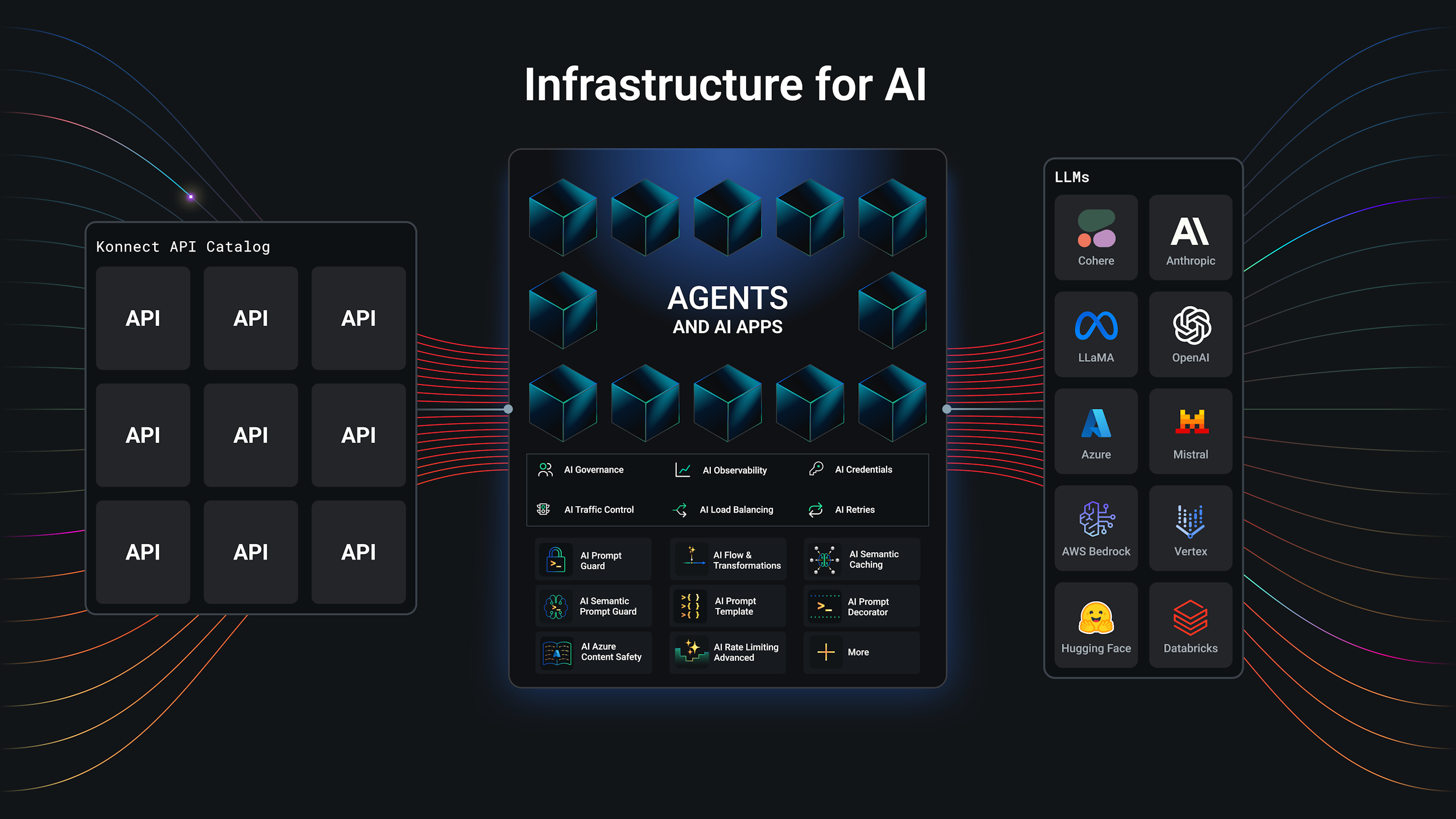
Do you really need to leave your legacy API management tool?
Cost and performance issues can often go unnoticed. We’ll help you take a look at your toolchain costs and find every area where migration to a modern platform can help you cut and avoid costs.
Legacy API management won’t help you govern and control AI consumption and costs. It won’t help you make the move to microservices. And it can’t help you drive maximum event streaming ROI. Kong Konnect can.
Don’t risk your security and business continuity postures on legacy authorization and an inability to standardize best practices across a fragmented, legacy tooling ecosystem.
Today’s — and tomorrow’s — world demands an API platform. We’ll help you build yours.
Consolidate all business-critical connectivity in a single platform
Roll out a unified API platform that covers all of your innovation-critical connectivity — across your entire API, AI, event streaming, and microservices estate.
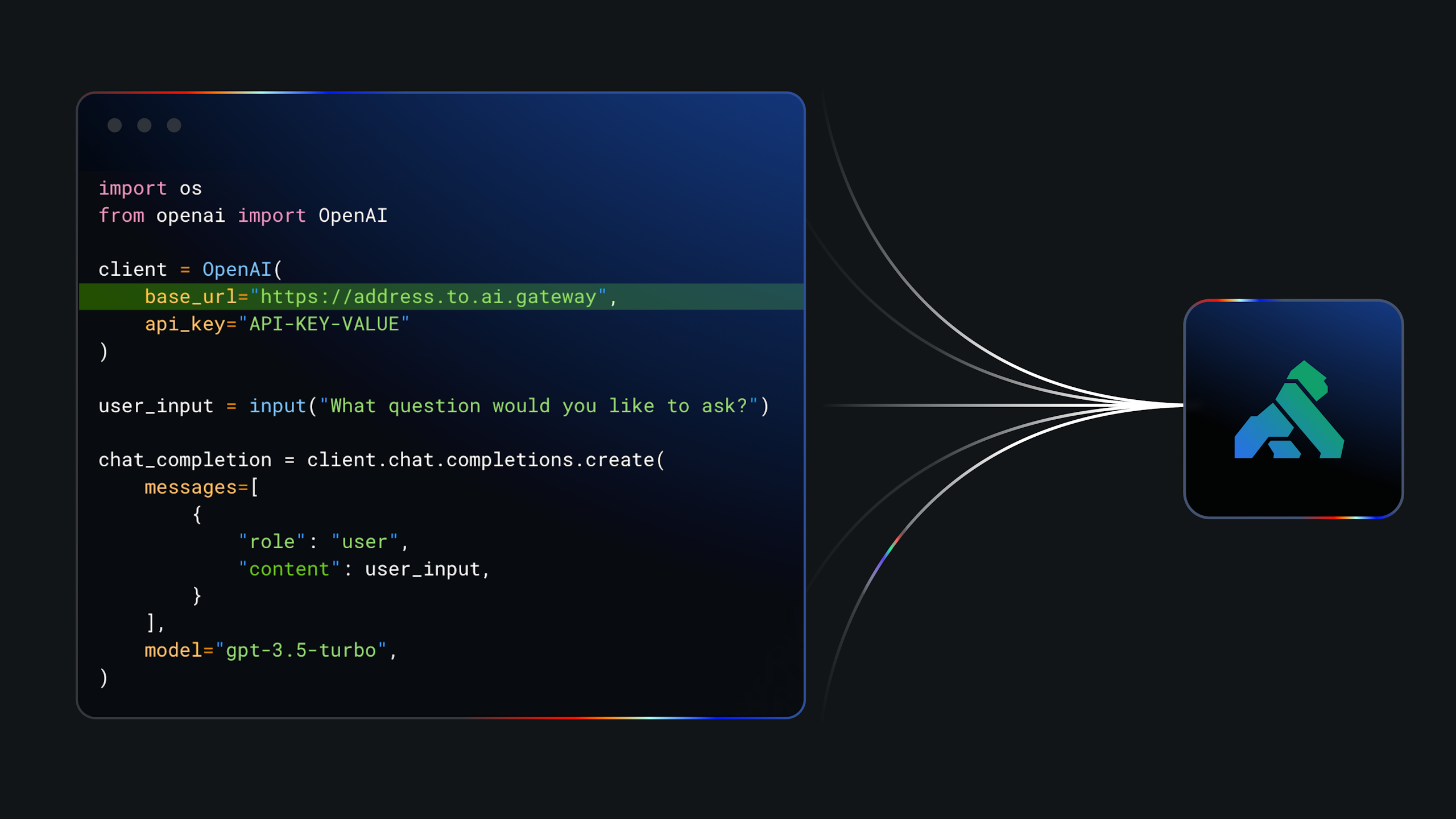
Automate best practices
Wrap your entire platform in automated guardrails. Leverage a single automation approach to enforcing security and business continuity best practices across your entire organization.
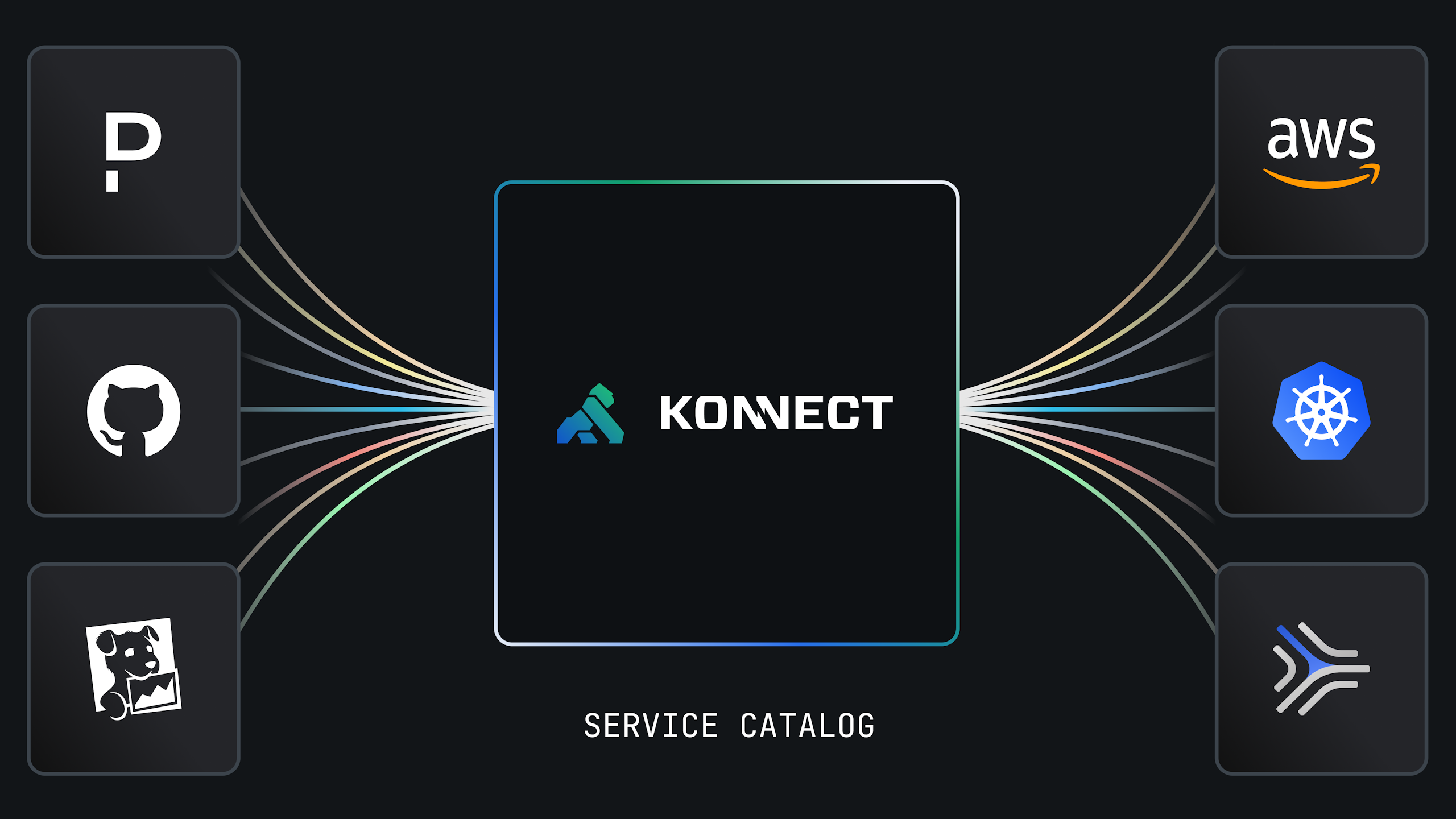
Top-notch migration support
When you’re ready to make the jump from hyper-legacy to hyper-growth, we have the professional services and partner network to help you make the migration seamlessly.
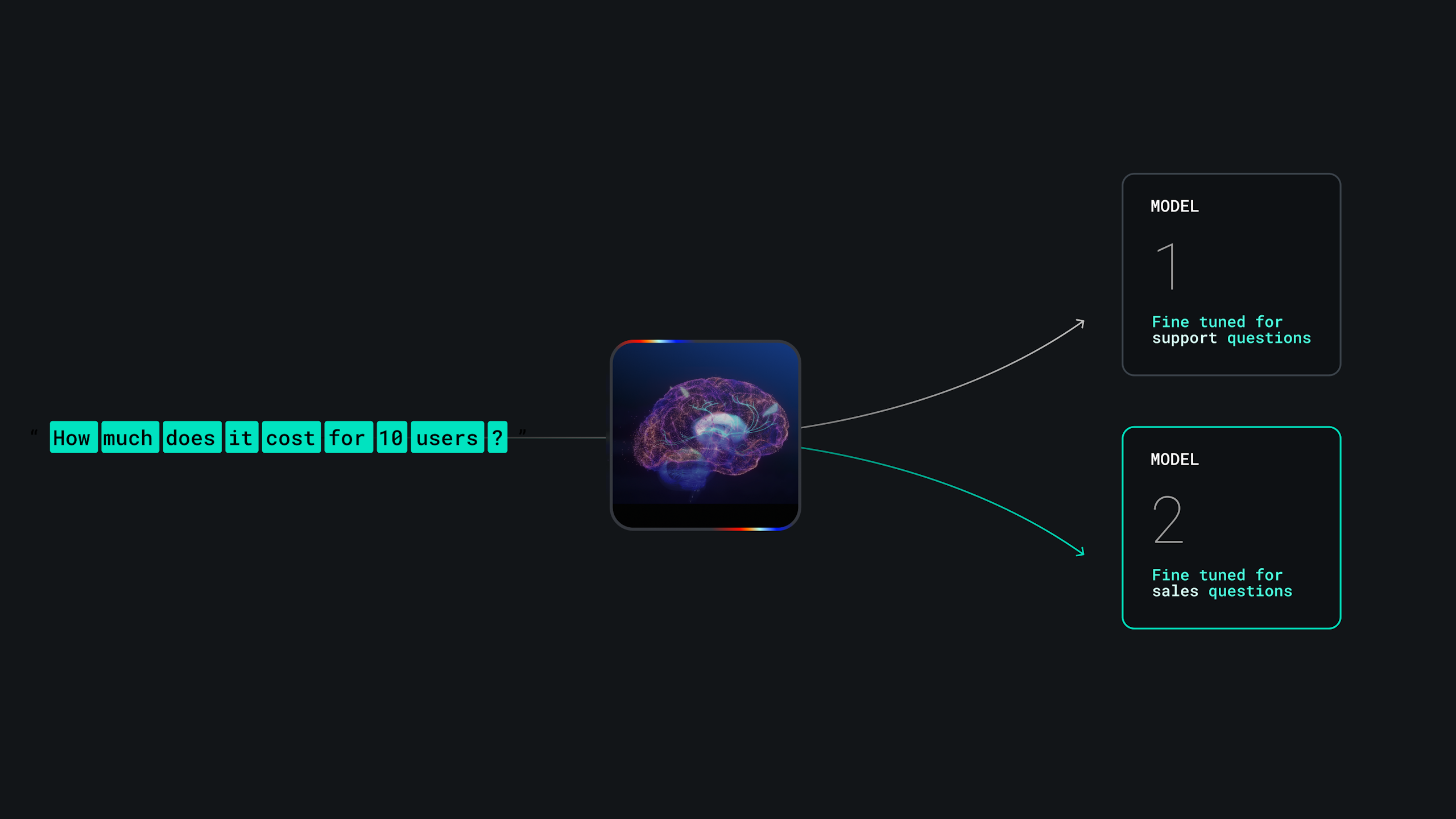
We’ll meet you where you are
The Konnect unified API platform is modular, and that means you can start by adopting and migrating workloads over to the specific modules you need on day one. Then, you can adopt more on days two, three, and beyond.
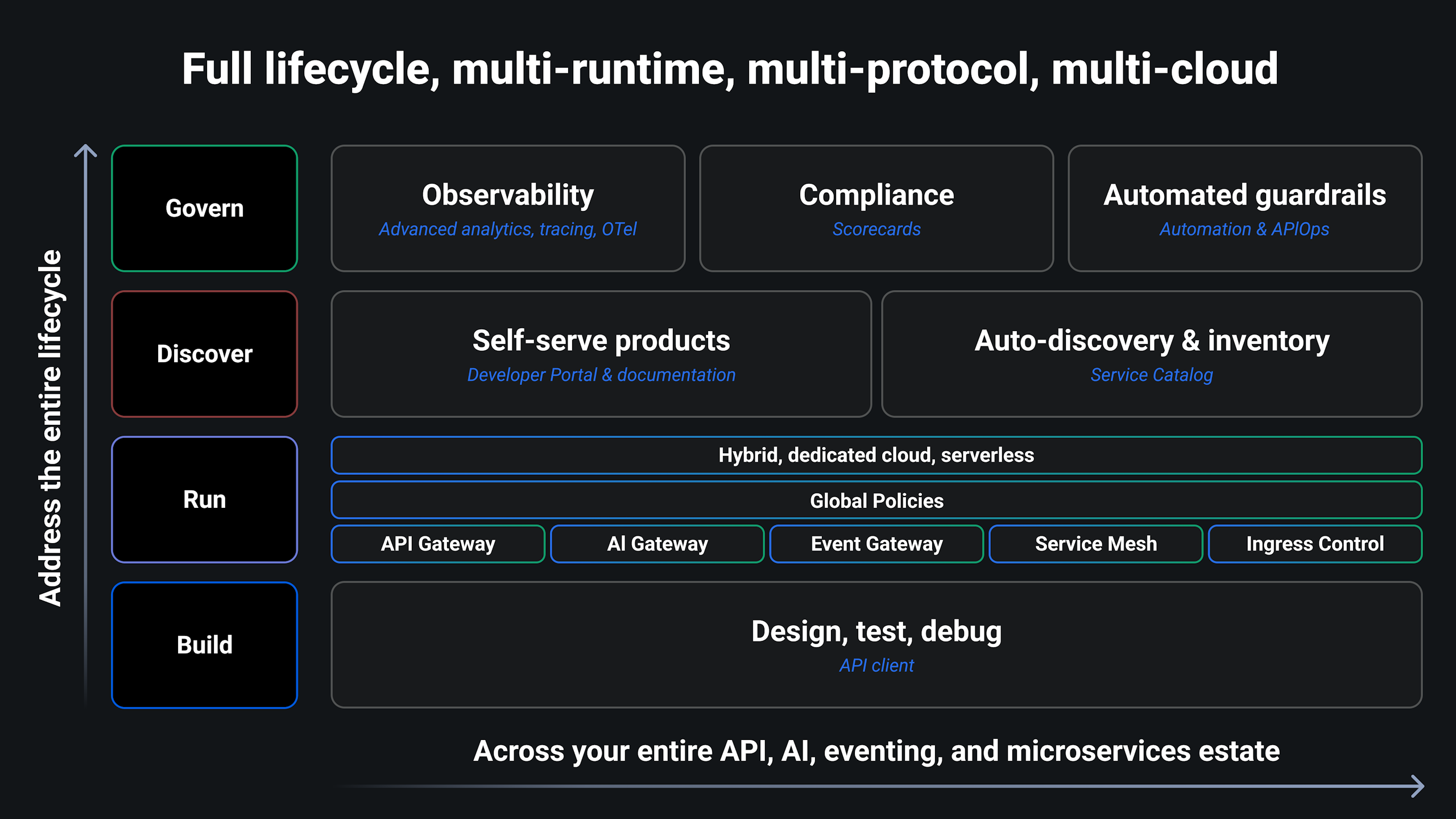




Related Resources
Questions about the migration process?
We’re here to help. Contact us today, tell us more about your use cases, and we’ll walk you through our typical migration process.